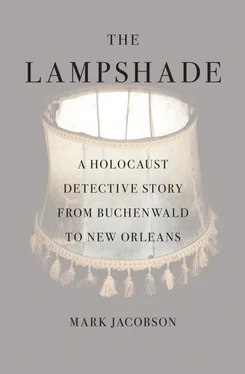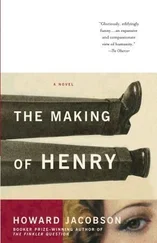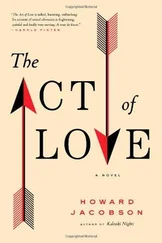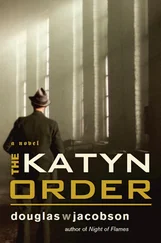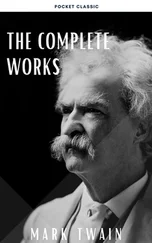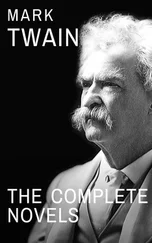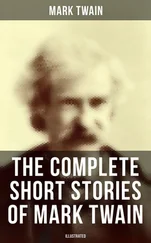Something told me it was a mistake to mention Kipperman to Denier Bud, but it seemed unavoidable, what with their mutual fascination with the Buchenwald Table.
“I can’t believe I missed this guy,” Denier Bud said when he called me back a few days after our previous talk. He’d found the article about Kipperman in the Washington Post and was blown away.
“It is so odd, Kipperman and me,” Denier Bud exclaimed, “the two of us kind of being on the opposite end of things. But I really feel I can understand what he was going through. To be searching for the truth, and to feel you can’t quite grasp it. We have so much in common.”
Denier Bud wanted to contact Kipperman. “The guy has been tricked like so many others. He’s suffering. I think I can help him. If I could only have a couple of conversations with him, it might really clear up a few things. I could be his knight in shining armor, his rabbi.”
This was a nice gesture, I told Bud, offering to explain his “Jew-friendly” version of Holocaust denying to Ken Kipperman. But I didn’t think Ken Kipperman would see it that way.

EIGHT

Denier Bud told me about Albert G. Rosenberg. He said it was Rosenberg, commander of a small group of German-speaking American soldiers attached to the Psychological Warfare Division of SHAEF, who’d been a chief architect in creating the lampshade myth. According to Denier Bud, Rosenberg had been largely responsible for setting up the Buchenwald Table, personally supplying the pair of shrunken heads, which, according to Denier Bud, the soldier had obtained while manning an Army weather station in Natal, on the northeastern Brazilian coast.
“Rosenberg has the Midas touch, but instead of gold he finds shrunken heads,” Denier Bud chortled.
When I reached him on the phone at home in El Paso, Rosenberg, nearly ninety, remembered speaking with Denier Bud.
“He called up one morning out of the blue and said he wanted to talk about Buchenwald,” said Rosenberg in his faint German accent. “He seemed like a nice fellow and was very knowledgeable about the period. I thought he was working on a college paper of some type. But then he started speaking of these shrunken heads, asking me if I’d brought them to the camp. I was flabbergasted. That I should have carried shrunken heads from Natal, Brazil, taken them across the ocean, and then kept them in my rucksack through Europe in the middle of World War Two for the express purpose of framing the SS for brutality! As if they needed me for that. What an idea!
“Then he told me he was a Holocaust denier. I told him twenty-eight members of my family died in this thing you say never happened and hung up. It was a very strange conversation.”
I knew a few things about Rosenberg, mostly gleaned from the introduction of The Buchenwald Report, an account of life at the camp he had compiled from a series of interviews in the weeks following liberation. The report contained testimony from 104 prisoners and was a key source for the prosecution at both the Nuremberg and Dachau war crimes proceedings, including the trial of Ilse Koch. It was Rosenberg who chose the Buchenwald inmate Eugen Kogon to write the main overview of camp life that Kogon would later expand into The Theory and Practice of Hell .
After the war, the original report dropped out of sight. The two copies given to SHAEF disappeared (“Lost in the fog of the intelligence departments,” Rosenberg said). Kogon’s copy was destroyed in a flood. Rosenberg, however, had kept a carbon copy. He always assumed the government would eventually release the original report but after waiting forty years, he decided to try to donate his copy to several Holocaust museums, including the Yad Vashem memorial in Jerusalem.
“I couldn’t get anywhere with them. They told me they were swamped with work and I should send the report to a post office box and they’d look it over in due time. I didn’t think it should be sent to a post office box.
“You see, there were problems with the report. Right from the start it was perceived as being too much the product of the Communist groups at the camp, which was true to a large extent,” said Rosenberg, adding that he hadn’t thought all that much about what color triangle was worn by the people who contributed to the document. “It was my job to get the thing done. The Communists had battled it out with the criminals and were on the top of the heap among Häftlingsführung, the system of kapos that the SS depended on to run the place. They were the best-educated people in the camp; they knew the most. Besides, in 1945, the Soviets were supposed to be our allies. Of course, we knew not to believe everything we were told. The Communist kapos were guilty of a lot of crimes. Sometimes they were worse than the Nazis themselves. It was a complicated situation, obviously. But then the Cold War was on, and suddenly no one was supposed to listen to anything a Communist said, right or wrong. I guess they decided the report was too troublesome, so they did what authorities do, which was hide it in a drawer. But I said to myself, I’ve got the thing. How can I die without telling someone about it?”
Rosenberg made contact with publisher Frederick Praeger, whose father, Max Praeger, a noted Viennese bookseller, had been imprisoned at Buchenwald from 1939 to 1945. The younger Praeger, an intelligence officer in Patton’s army, arrived at the camp only to find that his father, like most of the Jewish prisoners, had only days before been shipped to Auschwitz, where he was murdered. Praeger told Rosenberg that he would publish the report but that it needed to be translated and edited.
“This wasn’t a task I felt capable of doing,” said Rosenberg, then a professor of social work at the University of Texas at El Paso. “So I gathered up the pages, some of them in pretty bad shape, and walked down the hall to the office of my colleague David Hackett, who was a history professor with an interest in the Third Reich. Hackett was a bright guy and a perfect German speaker, plus I liked the idea that I could keep an eye on him. It was pretty much on the spur of the moment, quite unannounced. I think David was somewhat startled when I dumped this massive stack of pages on his desk, told him what it was, and asked him if he was interested in working on it. After he got over the shock, he said yes.
“That was 1987, I think. Five years later, Hackett finished,” Rosenberg told me during our first phone conversation, adding that Fred Praeger had a stroke and died only moments after writing the foreword to the report. “That was like a Greek play, Fred dying like that.”
I was somewhat leery of telling Rosenberg about the Katrina lampshade, fearful that he’d think I was one more loony. But he was interested. “It was tested and found to be human? That’s remarkable. Well, if you want to know about lampshades, you’ve come to the right place,” Rosenberg said.
“When we first came to the camp—and we were among the very first Americans there—I had a lot of paperwork to do. There was always a lot of paperwork with SHAEF. I needed a place to work and sat down at a desk of what I thought was probably some high-up SS man. I couldn’t have been sitting there very long when a French prisoner came and started shouting at me, saying I was no better than the Germans. That I had no shame. Didn’t I know the light I was using to write my reports had a lampshade made of human skin? How could I use this awful light for mere bureaucratic scribbles? I found another place to do my work. There was plenty of talk about the Nazis and human skin. I saw wallets and gloves and asked, are these skin? The answer was almost always yes.”
Читать дальше
